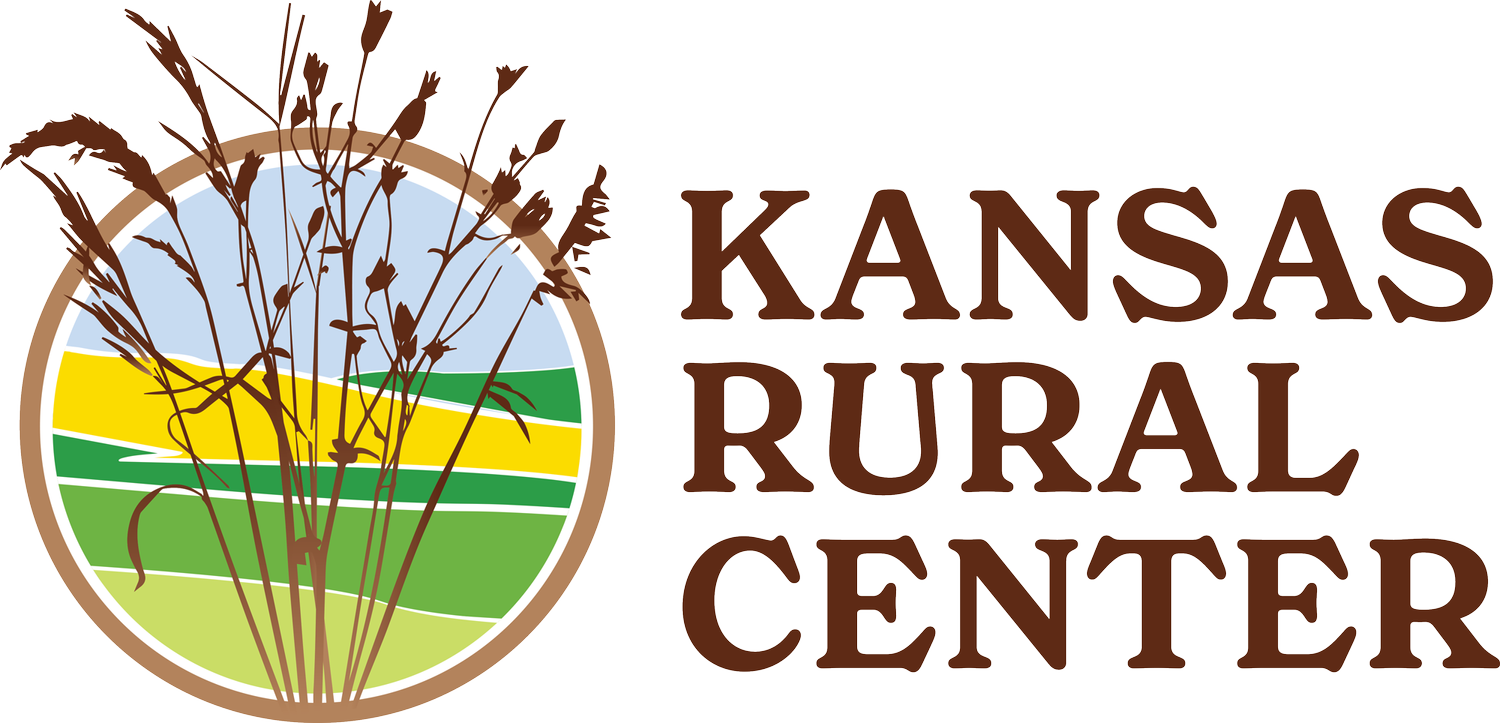Farm Bill Overview
One of the key policy goals for the Kansas Rural Center over the next year is to organize grassroots efforts to improve the 2023 Farm Bill. This issue of the Rural Papers is a kickoff to that process. See the enclosed articles for more detail on various parts and programs of the Farm Bill, but I’ll set the stage and provide some overall context.
The Farm Bill is a massive piece of legislation that usually gets debated and has a new version passed every five or six years. The current one, officially the “Agriculture Improvement Act of 2018,” is 530 pages long, and will expire in September 2023. You can find the whole thing online, if you are looking for some not so light reading. I’ve tried to work my way through various sections, and it is dense. It is packed full of programs and details, any of which can be up for debate and discussion in the new Farm Bill. The goal will be to pass new legislation before the end of September 2023 when the current bill expires. However, like so many things Congress might pass an extension so they can spend a few months past that deadline to finalize negotiations.
Graphic sourced with permission from National Sustainable Agriculture Coalition, and can be found here: https://sustainableagriculture.net/our-work/campaigns/fbcampaign/what-is-the-farm-bill/
The farm bill has 12 main sections or titles, with a myriad of programs in each section:
Title I – Commodity Programs
Title II – Conservation
Title III – Trade
Title IV – Nutrition Programs
Title V – Credit
Title VI – Rural Development
Title VII – Research and Related Matters
Title VIII – Forestry
Title IX – Energy
Title X – Horticulture
Title XI – Crop Insurance
Title XII – Miscellaneous
While it is called the Farm Bill, a more appropriate name would be the Food and Farm Bill, as the nutrition section is home to the majority of the dollars allocated to the Farm Bill and covers everything from the Supplemental Nutrition Program (SNAP) to the Healthy Food Financing Initiative. While most of the dollars allocated to the Farm Bill are spent on food, most of the programs the Bill covers are related to agriculture.
The Farm Bill is a big deal because it defines the terms of American agriculture for the next five years. It provides answers for questions like: what crops will get subsidized and insured and for how much; what conservation practices are supported; what are payment limitations on programs; what are the eligibility requirements for farm loans; where research dollars get allocated and so many more. The outcome of negotiations over the Farm Bill will play a critical role in defining the direction the food and farming systems of America move towards in the next five years and beyond. The Farm Bill supports a variety of sustainable agriculture programs and also provides the programs and funds that prop up so much of the unsustainable parts of the food and farming system. KRC’s role is to work with partner organizations like the National Sustainable Agriculture Coalition, to push for more funding and improved terms for those programs that support sustainable agriculture and healthy food and farm systems and push back against the programs and policies that support things like corporate consolidation and the hollowing out of rural communities.
Kansas plays a particularly important role in this process. Our federal delegation is well represented on the committees that will be doing the work of revising and creating agriculture and nutrition programs for the 2023 Farm Bill. Senator Marshall is on the Senate Committee on Agriculture, Nutrition and Forestry, Senator Moran is on the Senate Appropriations Committee, specifically the Agriculture Subcommittee which decides each year how funds are allocated to programs that do not have mandatory spending amounts. On the House side, Tracy Mann and Sharice Davids are both on the House Agriculture Committee. While the full House and Senate will vote on the eventual Farm Bill, the work of creating programs as well as allocating funds and setting spending limits on programs mostly happens at the committee level.
This means that the voices of Kansans can play an essential role in informing critical policy makers for the next Farm Bill.
What does the process look like from here? The key committees are already in the process of debating and passing so-called marker bills, which are smaller legislative pieces focused on specific issues or programs that will get bundled next year into the full Farm Bill. As that process moves along, we will get a sense of where the different parties’ priorities are, but we will also have opportunities to reach out and support programs that we find valuable and provide input on ways to make programs more equitable and just.
Stay tuned as Kansas Rural Center will be reaching out over the next year with more information, updates and action alerts when critical pieces are up for debate and votes in committees.
Links from Tom’s Article:
Agriculture Improvement Act of 2018 - https://bit.ly/3S58CUs
National Sustainable Agriculture Coaliton: - https://bit.ly/3eJCMy8
Contact Sentator Marshall - https://bit.ly/3UBgoaS
Contact Senator Moran - https://bit.ly/3f6b3Yy
Contact Representative Davids - https://bit.ly/3BwxldR
Contact Representative Mann - https://bit.ly/3UoJxG0
Sign-up for KRC’s Policy Watch - https://bit.ly/3BXowLA


